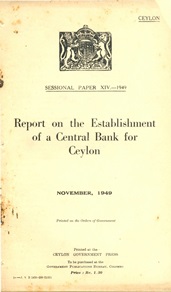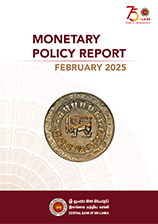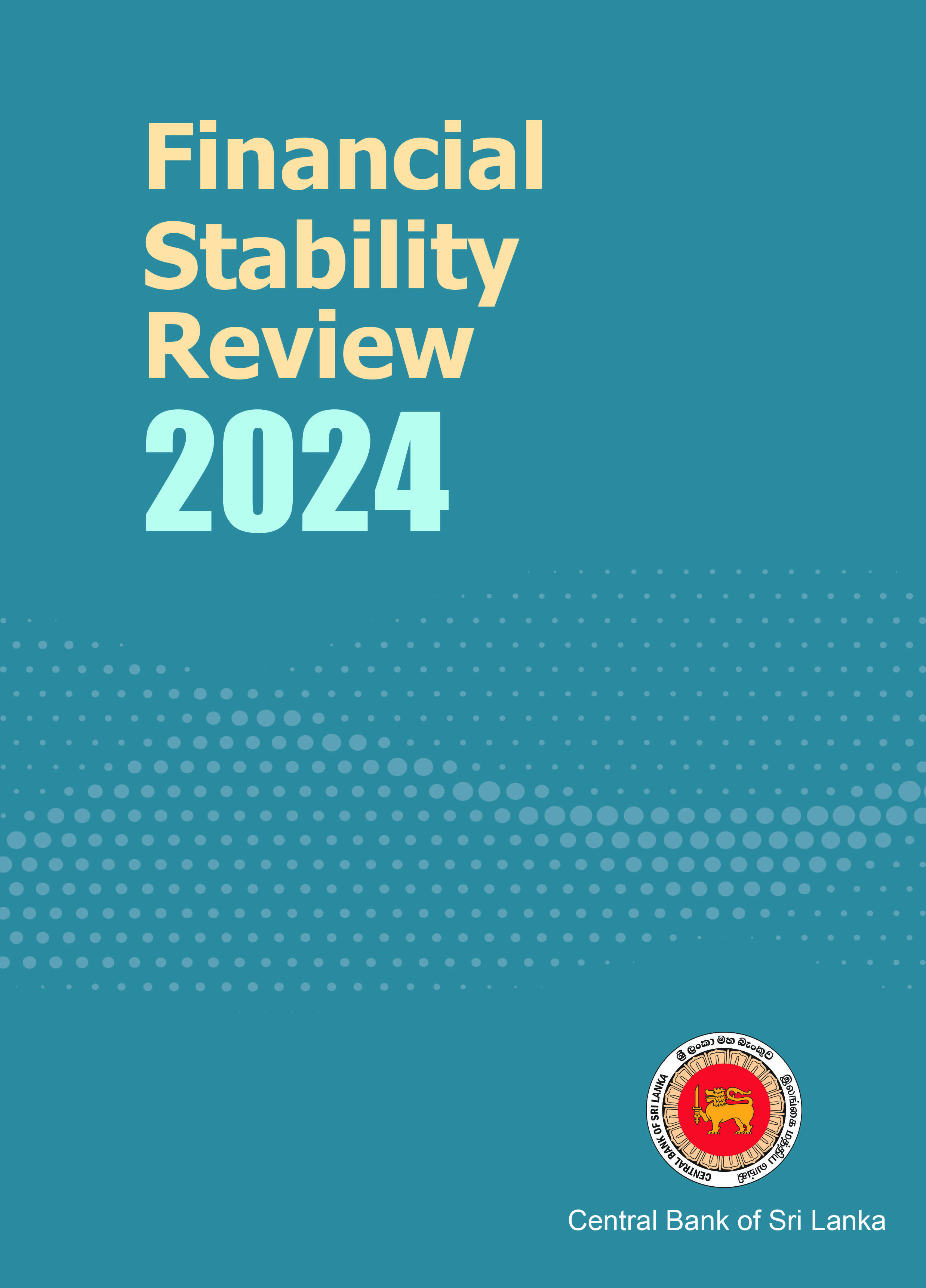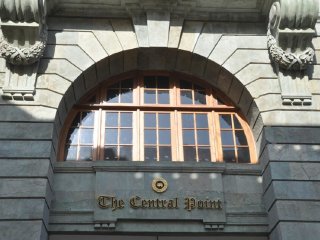Sri Lanka’s external sector showed a mixed performance during May 2016 with a widening of the trade deficit, continued growth in tourist earnings and an increase in workers’ remittances. The trade deficit widened on account of the decline in export earnings, mainly due to the subdued performance in exports of tea, rubber products and textiles and garments, amidst the marginal growth in import expenditure on a year-on-year basis. However, the widening of the trade deficit on a cumulative basis as of end May 2016 was offset to some extent by continuous inflows on account of tourism, increased workers’ remittances and moderate inflows to the financial account during the period.
-
External Sector Performance - May 2016
-
Economic and Social Statistics of Sri Lanka - 2016
The 'Economic and Social Statistics of Sri Lanka – 2016' an annual publication of the Central Bank of Sri Lanka, is now available for public access. The publication contains economic and social indicators of Sri Lanka in the areas of Gross Domestic Product (GDP), agriculture, industry, external trade and finance, government finance, banking and financial institutions, money and capital markets, prices and wages, labour force, transportation, education, health, telecommunication services, population, climate and selected information on economic and social indicators of other countries. In addition, information on living conditions, poverty and household characteristics in Sri Lanka from Household Income and Expenditure Survey (HIES) conducted by the Department of Census and Statistics also available in the publication.
-
Clarification over Recent Media Reports on Recording of Government Debt
Attention of the Central Bank of Sri Lanka (CBSL) has been drawn over the media reports on Government debt recording and maintenance of accounts published on 8th February 2018.
-
SL Purchasing Managers’ Index Survey - July 2016
The Manufacturing PMI decreased to 50.6 in July indicating a neutral performance in comparison to 55.1 in June 2016. The decline in July in comparison to June was mainly due to the decrease in New Orders and Production Indices. The month-on-month decline of the PMI and the sub-indices follows the significant increase observed in the month of June compared to May 2016. All sub-indices of PMI, apart from Employment and Stock of Purchases Indices, declined compared to the previous month. Overall data points to an expansion on the strength of Production and Stock of Purchases Indices while all the other sub-indices remained below the neutral 50.0 threshold. The expectations for activities indicated an improvement for the next three months.
-
Issue of a Circulation Standard Commemorative Currency Note to Mark the 70th Independence Celebration of Sri Lanka
The Central Bank of Sri Lanka issued a circulation standard commemorative currency note in the denomination of Rupees 1000 to mark the 70th Independence Celebration in the country on 04.02.2018. This is the 4th commemorative note that was issued, by the Central Bank.
The size, predominant color and the security features of this commemorative currency note are same as in the current circulating Rs. 1000 note in 11th currency note series except the following changes only.
On the front of the note (shown below):
-
External Sector Performance - November 2017
The external sector performance in November 2017 was supported by continued inflows to the financial account of the Balance of Payments (BOP) mainly with higher foreign inflows to the government securities market, and marginally improved earnings from tourism. Although a double-digit growth in exports has been recorded, partly driven by the low base recorded in November 2016, the trade deficit expanded considerably during the month with higher imports. Meanwhile, workers’ remittances continued to decline, owing to adverse economic and geopolitical conditions prevailing in the Middle Eastern region. Accordingly, the BOP recorded an overall surplus of around US dollars 2.0 billion by end November 2017. Gross official reserves also increased to US dollars 7.3 billion (equivalent to 4.2 months of imports) by end November 2017 from US dollars 6.0 billion recorded at end 2016.
-
Inflation in December 2017
Inflation, as measured by the change in the National Consumer Price Index (NCPI) (2013=100), which is compiled by the Department of Census and Statistics (DCS), decreased to 7.3 per cent in December 2017 from 8.4 per cent in November 2017, on year-on-year basis. This decrease is due to the high base prevailed in December 2016.
The change in the NCPI measured on an annual average basis increased from 7.5 per cent in November 2017 to 7.7 per cent in December 2017.
-
SL Purchasing Managers’ Index Survey - December 2017
The Manufacturing Sector PMI recorded 59.1 in December which is a marginal increase of 0.3 index points compared to November 2017. This indicates that the Manufacturing activities expanded at a higher pace in December compared to November 2017. This was mainly driven by the increase in the Production sub-index. Further, Stock of Purchases and Employment sub-indices also expanded at a higher pace while New Orders sub-index expanded, albeit at a slower rate, during the month as compared to November 2017. Meanwhile, the Suppliers’ Delivery Time sub-index lengthened at a higher rate compared to previous month. Overall, all the sub-indices of PMI recorded values above the neutral 50.0 threshold signalling an overall expansion in December 2017. Moreover, The Expectation for activities indicates an improvement for the next three months.
-
Statement Issued by the Central Bank of Sri Lanka
There has been a call for an immediate statement from the Central Bank of Sri Lanka on whether there have been any irregularities in the issuing of government securities during the period 2008-2014.
In this connection, attention is drawn to the Statement issued by the Monetary Board of the Central Bank of Sri Lanka on 11th January 2018. The last paragraph, therein indicates that a forensic audit would be conducted. The audit will focus on government securities and EPF operations during the period 2008-2014. This would be conducted by an external party. It is not appropriate to make any statement in this regard prior to the conclusion of the forensic audit.
-
Statement by the Monetary Board of the Central Bank of Sri Lanka
Statement by the Monetary Board of the Central Bank of Sri Lanka (CBSL) relating to the Recommendations of the Commission of Inquiry to Investigate, Inquire and Report on the Issuance of Treasury Bonds (COI) during the period from 1st February 2015 to 31st March 2016 and measures taken to improve the management and control of the Public Debt and the Employees’ Provident Fund.
On 10, January 2018 the Secretary to the President, handed over a copy of the report of the Commission of Inquiry to Investigate, Inquire and Report on the Issuance of Treasury Bonds (COI) during the period from 1st February 2015 to 31st March 2016 to Governor, Central Bank of Sri Lanka entrusting the task of considering giving effect to the recommendations contained in the Report.










